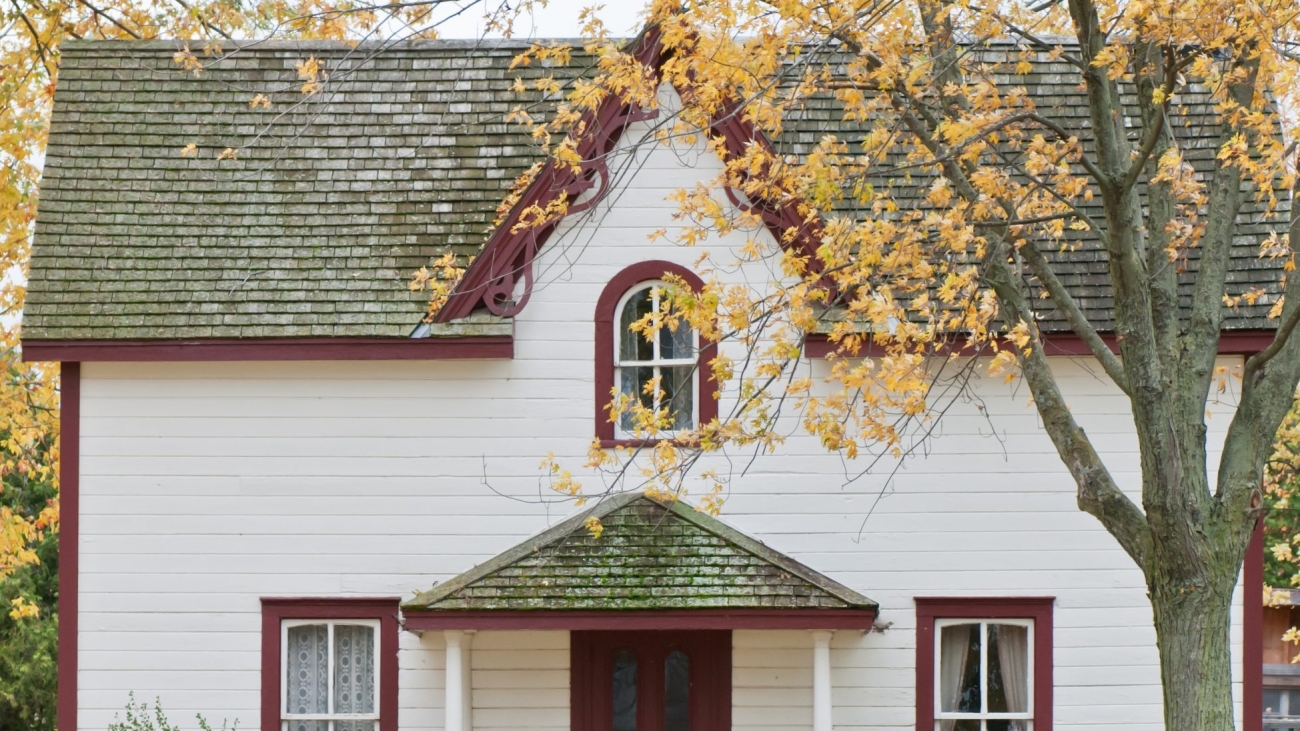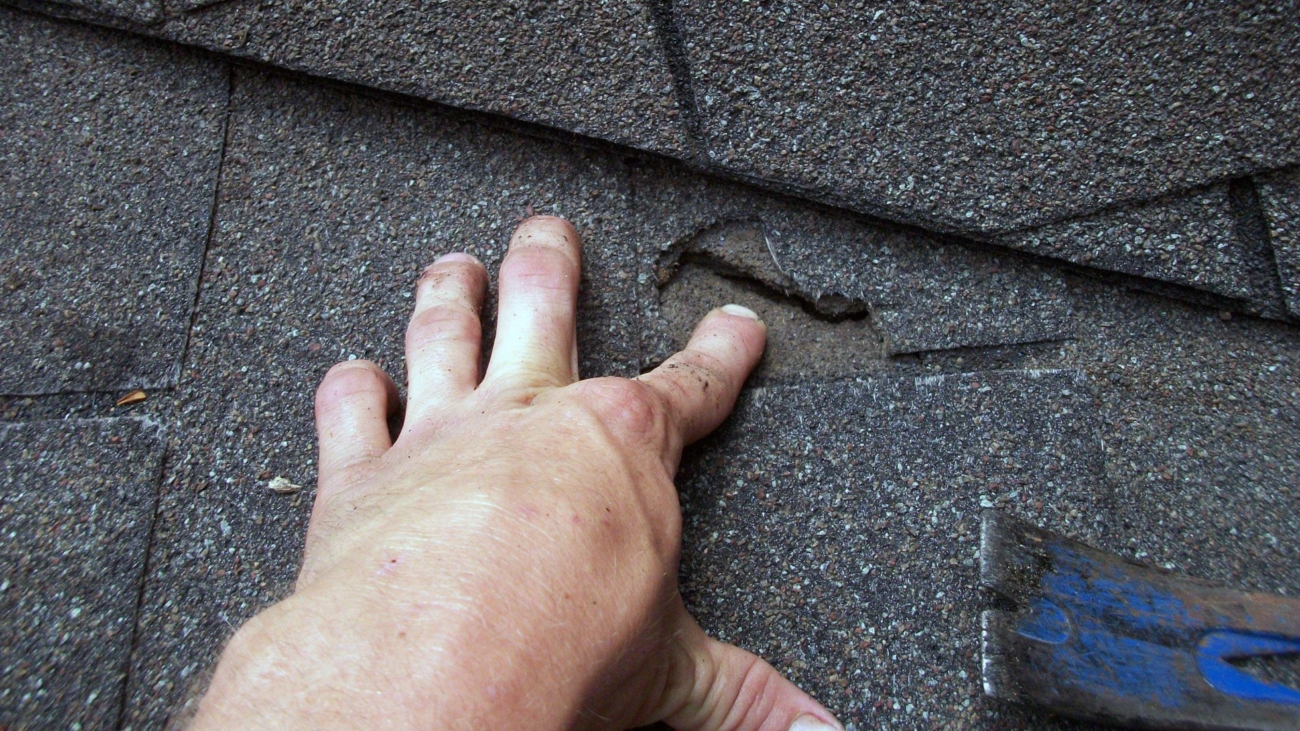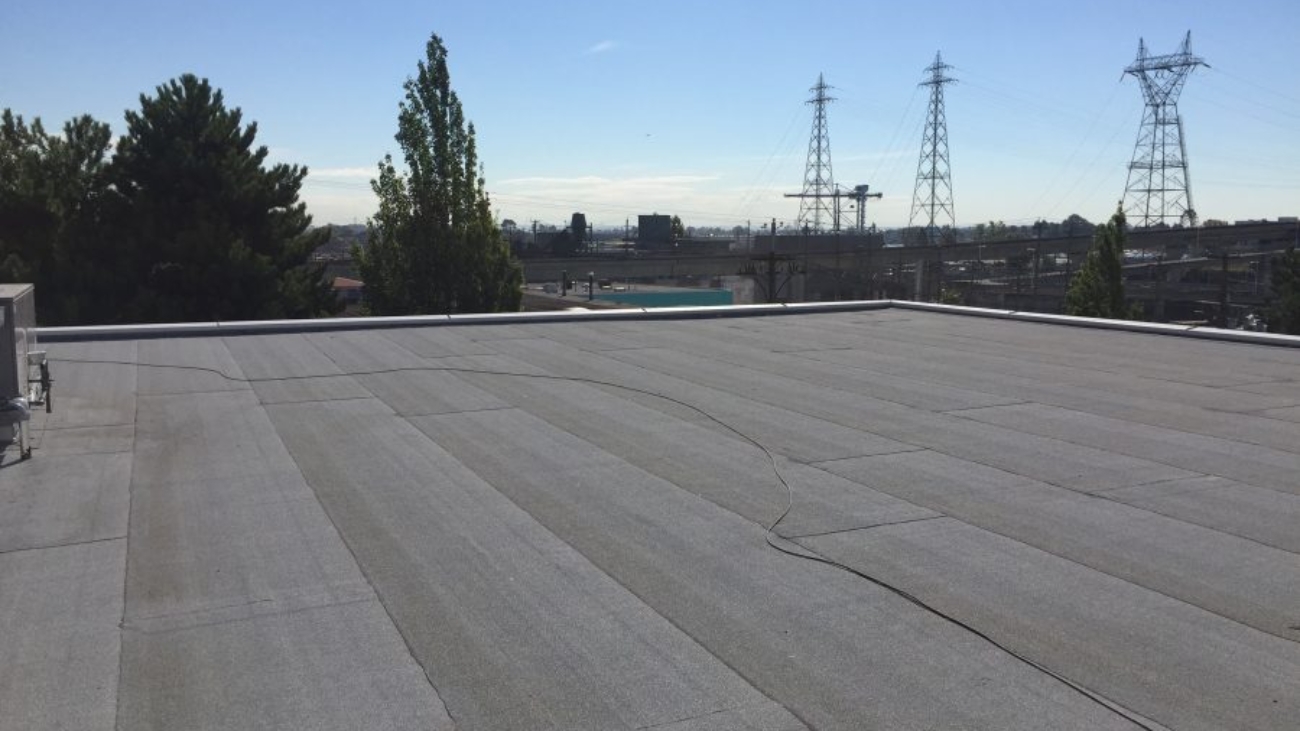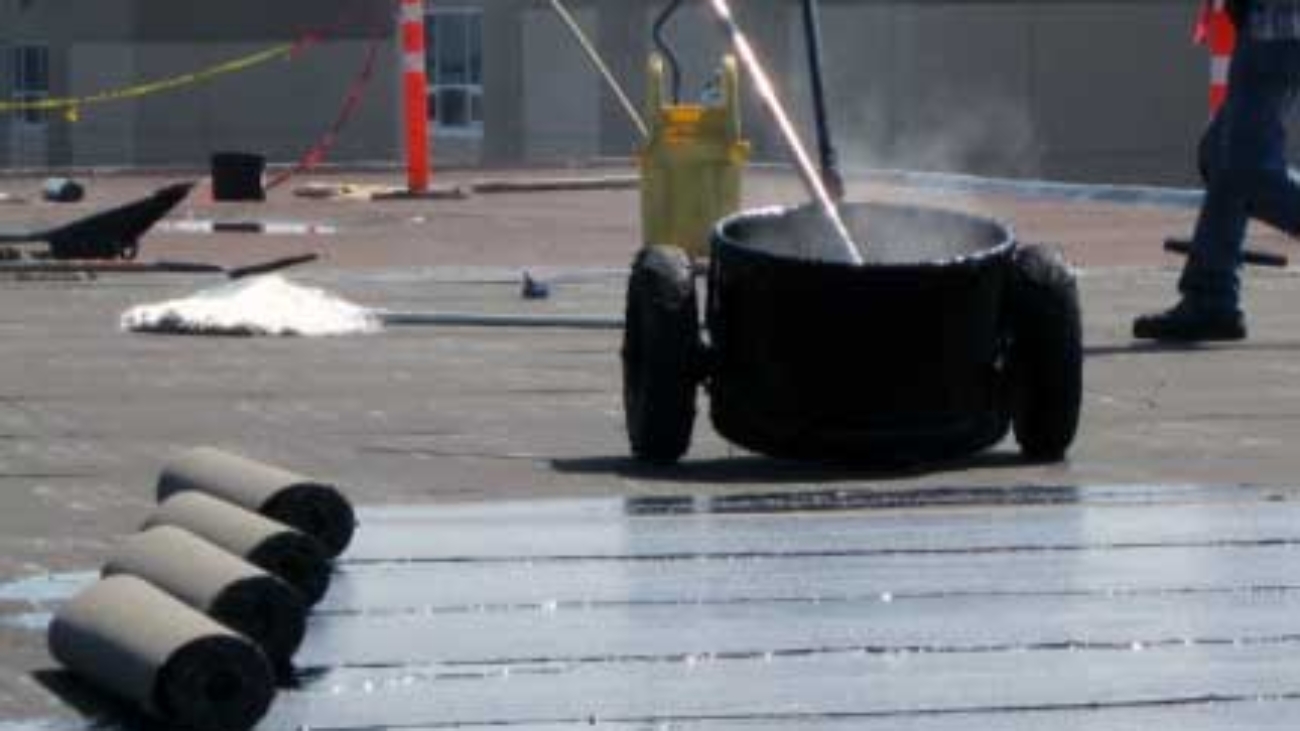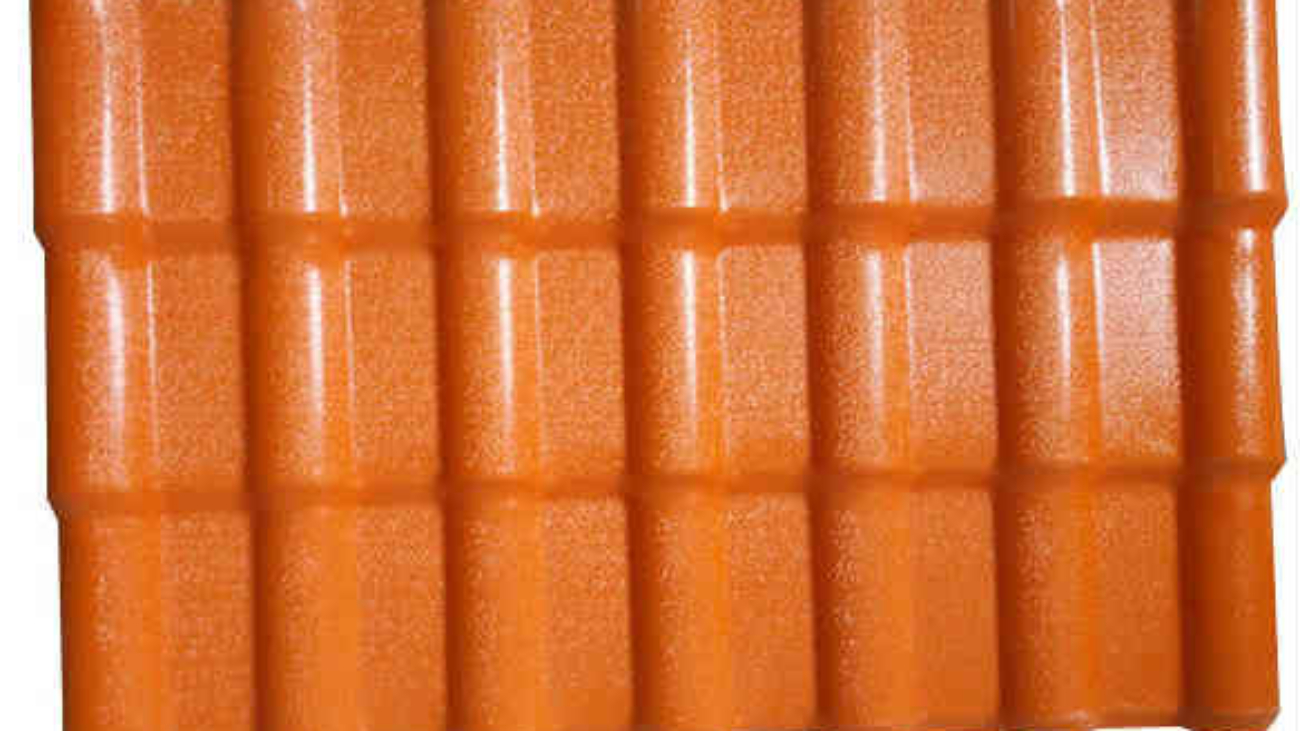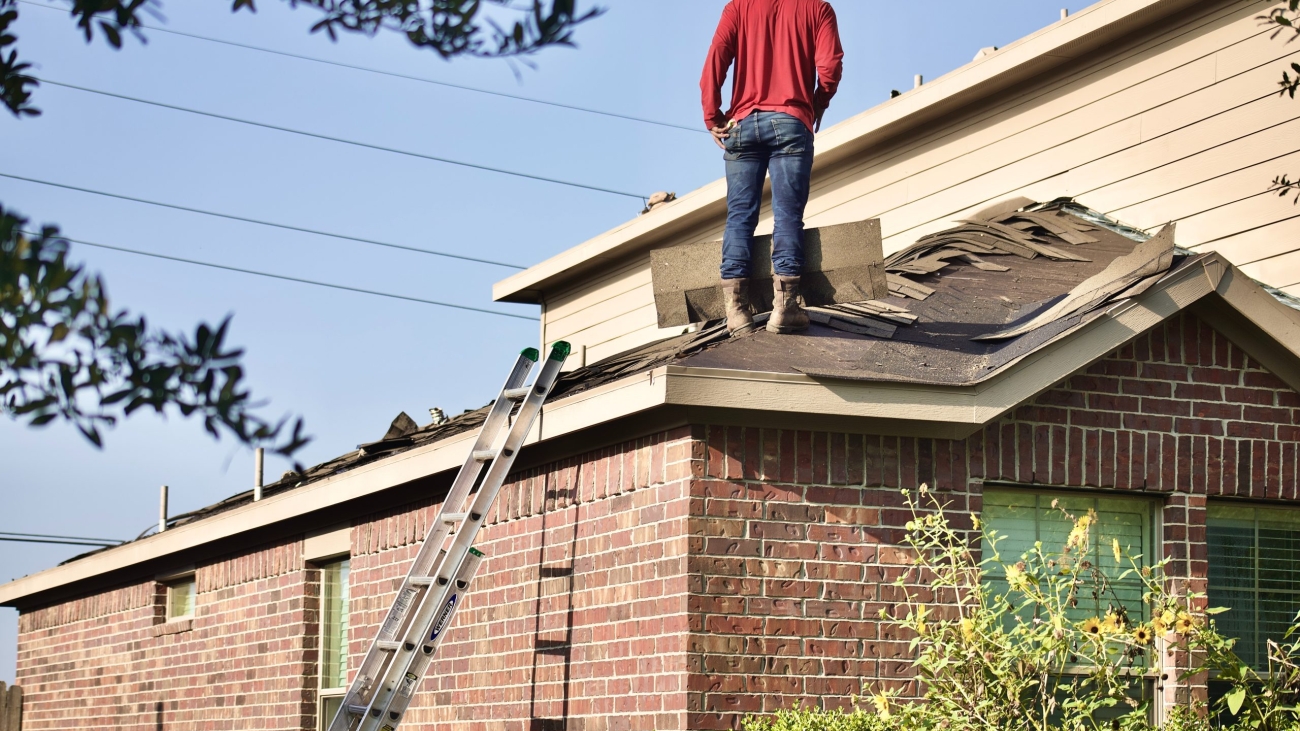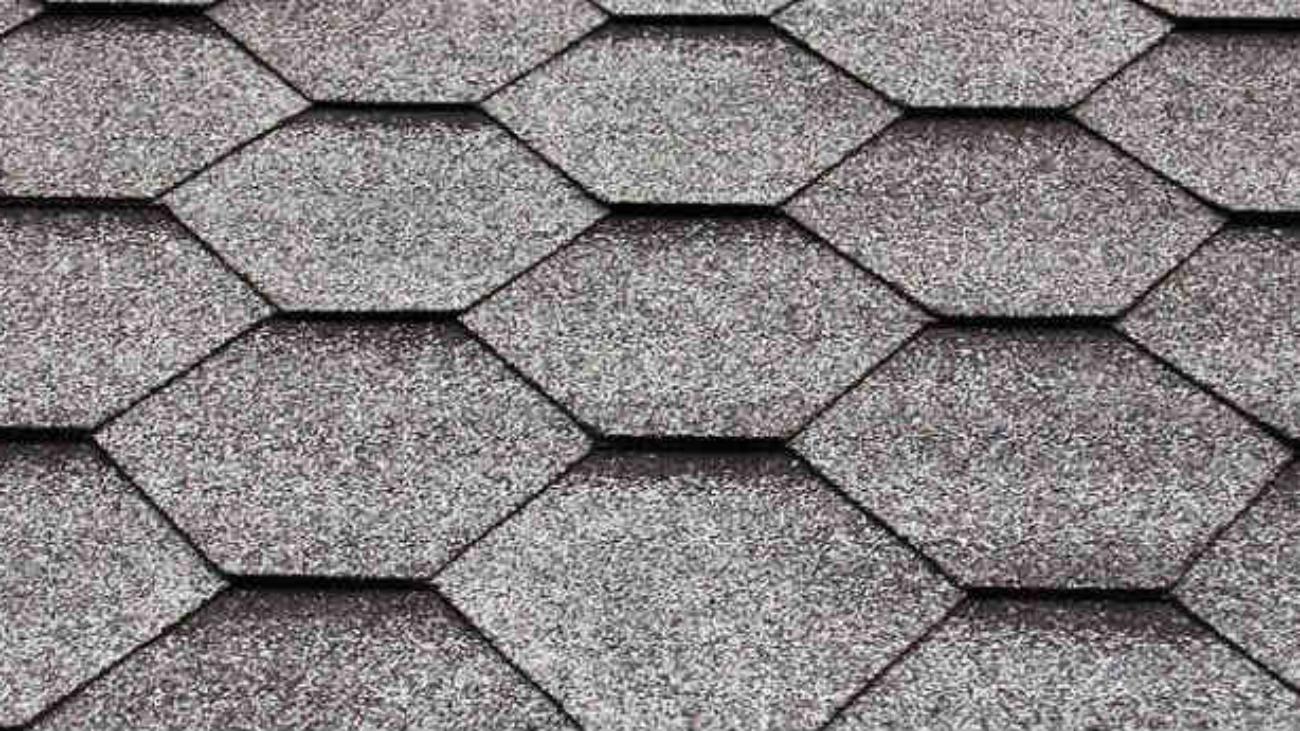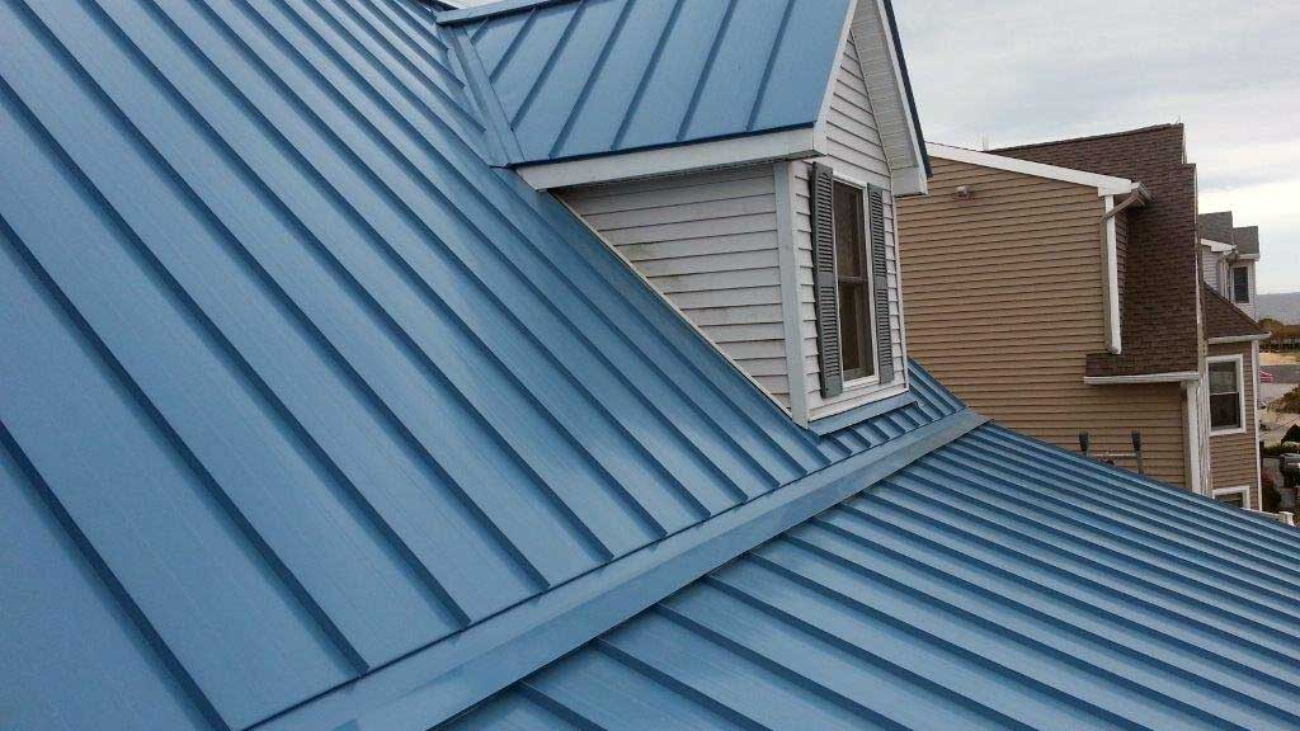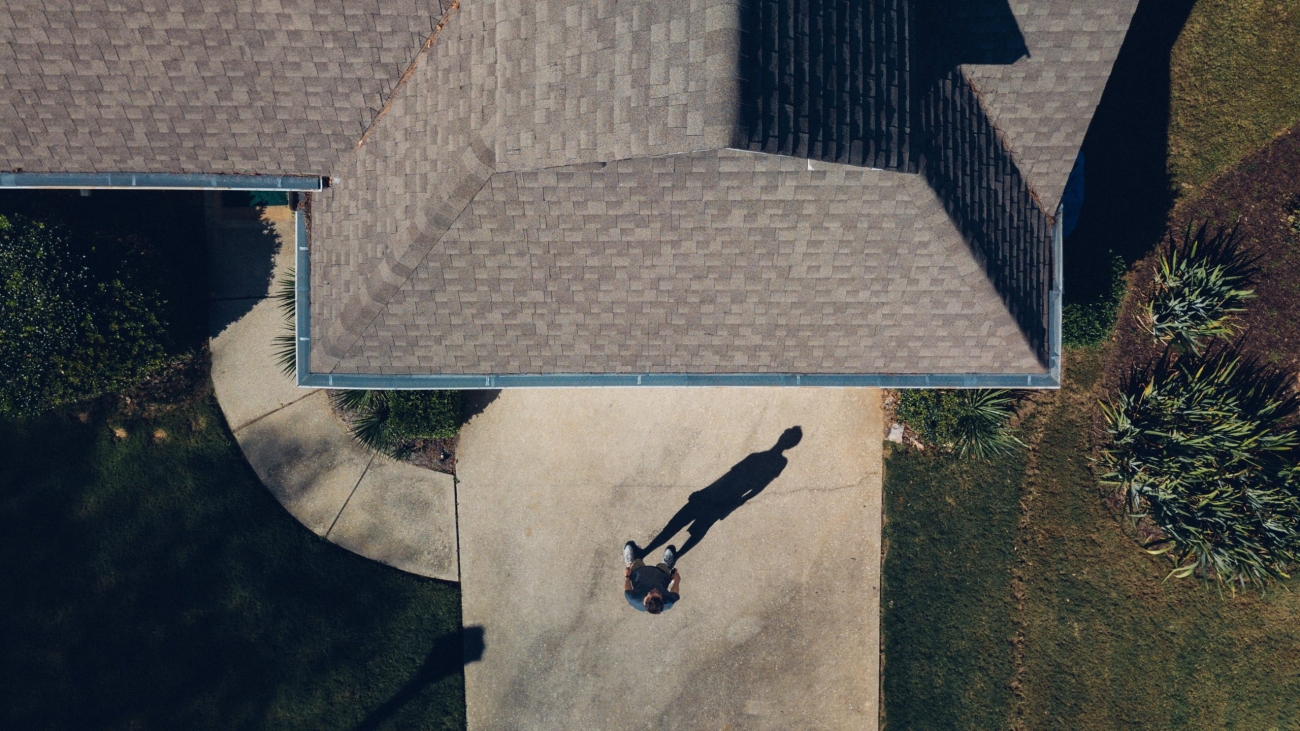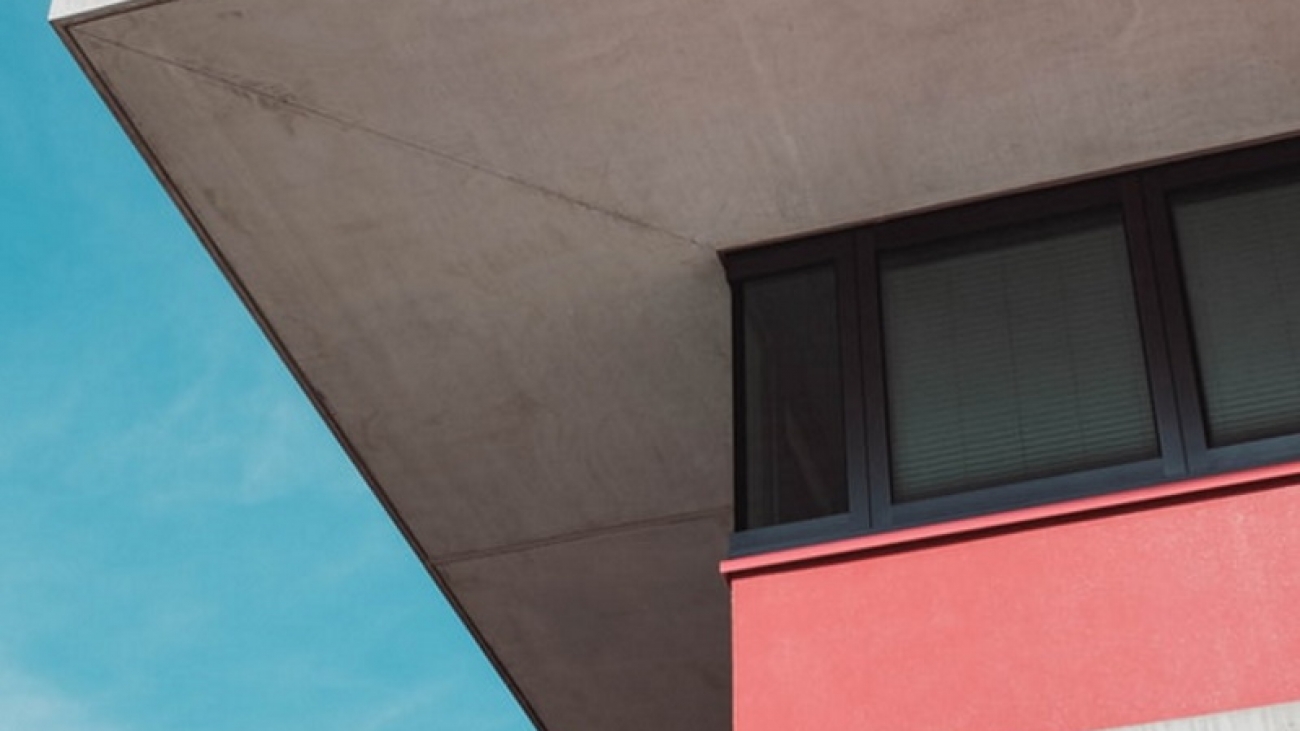Choose the right roofing material
Replacing or repairing the roof of your home is an important but expensive undertaking. In Vancouver specifically, it’s important you choose the right roofing material to improve not only the home’s aesthetic appeal but also increase the value if you wish to sell.
Homeowners must consider many factors when choosing the right roofing materials for their home. While finances must surely be considered when deciding, homeowners should ultimately seek to find a balance between form and function when choosing a new roof.
For those of us who live in the Lower Mainland it is important to understand the materials that best stand up to the extreme weather associated with living in a temperate rainforest. In other words, it rains here a lot, so you need a roofing system that can stand up to the torrential downpours Vancouverites love to complain about.
Determining whats best
Choosing the right roofing materials can be difficult, especially if you’re unsure of what works in your climate. You should look for information about lifespan, weight (so it won’t crush the roof framing), and roof sloping. You should also find out whether it’s permitted by local building codes, how resistant it is to fire and extreme wind, and (most importantly), how much it costs.
Creating a budget before you start your roofing project is a good idea. Ideally, you should have set aside some money for the new roof. It’s no good to want a Torch-on SBS Membrane Roof if you don’t have the proper financing in place.
There are four commonly used roofing materials that best suit the Pacific Northwest’s unique climate. Each product comes with pros and cons, but the more homeowners understand, the better prepared they will be when it’s time to make the big decision.
Asphalt shingles
Asphalt Shingles are the most common and economical roofing material used throughout Vancouver and the Lower Mainland. Moreover, asphalt shingles come in two main types; three-tab and architectural shingles. Both perform well with little to no maintenance and come with varied warranties. Three-tab shingles most often carry warranties from 20-30 years, while architectural shingles often have longer lifespan.
While asphalt shingles are effective and the least expensive option, they don’t do much in terms of aesthetics. If you’re looking to increase the value of your home, asphalt shingles don’t contribute much at all. Architectural shingles, however, come in many different styles and can mimic the look of more expensive roofing materials.
Cedar roofing
Cedar Products are a traditional Pacific Northwest roofing material – in fact have been used to build homes for hundreds of years. They are readily available and fairly inexpensive. Cedar shakes and shingles are the most common wood roofing material and add a rustic, natural, particularly Pacific Northwest appeal to many homes.
Due to the visually appealing nature of cedar products, using a cedar system can often increase the value of your home. While cedar products are lightweight and durable, they can be susceptible to moisture-induced mold or algae and may require more maintenance than other roofing options. While untreated cedar roofing materials can fall victim to the elements, pre-treated options are now available. These pre-treated cedar shakes and shingles are slightly more expensive but offer a natural appearance and the equivalent effectiveness of a synthetic product.
Metal roofing
Metal roofing systems are gaining traction across the globe, even here in Vancouver. They are on the expensive side as they are quite new to the industry, however they are perfect for a temperate rainforest. Metal Roofing materials come in a range of styles, are durable, low-maintenance and visually appealing, with a clean look. The most common metal roofing material is standing seam, a series of interlocking panels that extend the entire length of the roof. While installation of a metal roof is slightly more expensive than other options, it has a long lifespan, requires little to no maintenance and can increase the value of your property. Like asphalt, metal roofing materials that mimic the look of other roofing systems are available in many different styles.
Torch-on SBS Membrane roofing
Torch-on SBS Membrane is available in many colours. It is one of the most durable roofing materials and can provide many decades of protection from the extreme West coast weather with proper slope and installation. Torch-on membranes are commonly used in low slope or flat commercial and residential applications. As these types of membrane systems are so robust they can greatly increase the value of your commercial or residential property. Torch-on is one of the more expensive options in roofing but the lifespan of the system can often offset the initial cost.
Don’t forget about the warranty
Typically there will be a warranty provided with any roofing material in case of malfunctions or problems. Your roofing contractor should also ensure a warranty is provided to you in the event a problem arises from the contractors themselves such as negligence or an accident upon installation. Cambie Roofing is here to answer any questions you may have about warranties.
Conclusion
Many home owners underestimate the value of a quality roof. If you’re thinking about reconstruction, don’t forget that the more you invest in your house, the better you’ll want to protect it. You need to consider rain, snow, wind and everything that can ruin your masterpiece in a matter of hours. You really should put all the effort possible into finding the most suitable roof for your house.
If you have any doubts, at Cambie roofing we can help you answer any questions you have about the four most popular types of roofing. Give us a call today.
Originally published May 2018.
Updated and republished June 2023.

